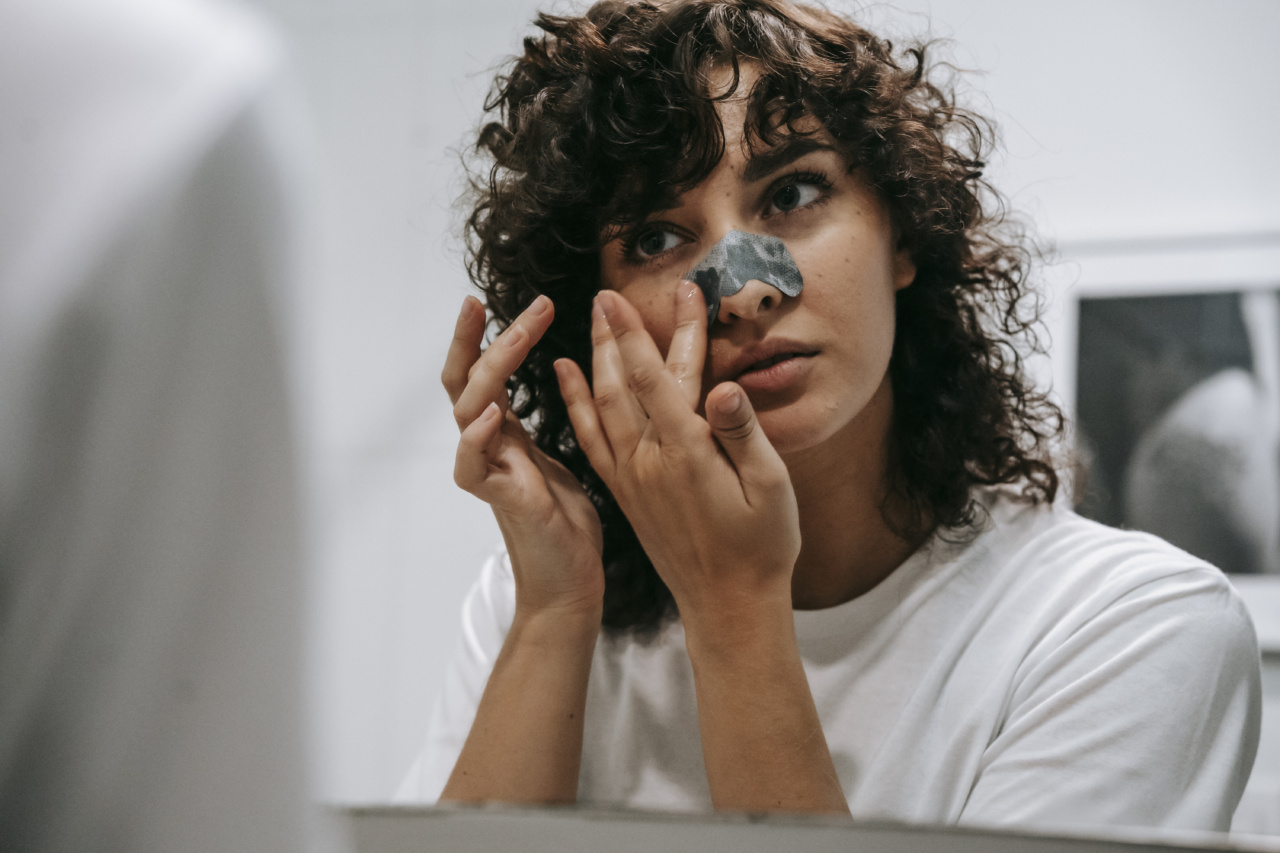Warts can appear anywhere on the body, including sensitive areas like the genitals, face, and breasts. While warts are generally harmless, they can be unsightly or cause discomfort in these sensitive regions.
If you’re dealing with warts in such areas, it’s important to understand the various treatment options and take suitable measures to get rid of them effectively.
1. Understanding Warts
Warts are skin growths caused by the human papillomavirus (HPV). They can appear as small, rough bumps with a cauliflower-like texture. Warts in sensitive areas can be particularly bothersome due to their location.
2. Types of Warts Found in Sensitive Areas
There are different types of warts that can affect sensitive areas:.
Genital Warts: These warts appear on or around the genitals, anus, and groin area. They are sexually transmitted and can cause itching, discomfort, and occasional bleeding.
Facial Warts: Warts on the face can be a source of embarrassment, affecting self-confidence. These warts can appear on the chin, lips, eyelids, and other facial areas.
Breast Warts: Although rare, warts can occasionally appear on the breasts. It’s important to distinguish these warts from other skin conditions that may require different treatments.
3. Treatment Options
When it comes to removing warts in sensitive areas, it’s crucial to choose the right treatment option. Here are some commonly used methods:.
Cryotherapy: Cryotherapy involves freezing the wart with liquid nitrogen. This causes the wart to blister and eventually fall off. It may require multiple sessions for complete removal.
Electrocautery: This technique uses heat to burn and destroy the wart tissue. It may be performed under local anesthesia to minimize discomfort.
Topical Medications: Over-the-counter and prescription creams and ointments containing salicylic acid or imiquimod can be applied directly to the wart. These products help remove warts by peeling off layers of infected skin.
Surgical Excision: In some cases, surgical removal of warts is necessary, especially if they are large, deep-rooted, or persistent despite other treatment methods.
4. Home Remedies
If you prefer natural or alternative remedies, several home treatments may help eliminate warts in sensitive areas:.
Apple Cider Vinegar: Soak a cotton ball in apple cider vinegar and apply it to the wart. Cover it with a bandage and leave it overnight. Repeat this process daily until the wart disappears.
Tea Tree Oil: Apply a few drops of tea tree oil, known for its antiviral properties, directly onto the wart using a cotton swab. Repeat this process several times a day.
Garlic: Crush a garlic clove and apply it to the wart, securing it with a bandage. Leave it overnight and rinse off in the morning. Repeat daily for effective results.
Duct Tape Method: Cover the wart with duct tape for six days, removing it only to clean the area and reapply. After six days, remove the tape, soak the area in water, and gently scrub the wart with a pumice stone or emery board.
5. Preventive Measures
While it’s not always possible to prevent warts, there are measures you can take to reduce the risk of developing them in sensitive areas:.
Practice Safe Sex: Using condoms during sexual activity can help lower the risk of contracting genital warts.
Avoid Direct Contact: Avoid touching warts or objects that have come into contact with warts. This reduces the chance of spreading the virus to sensitive areas.
Maintain Good Hygiene: Regularly wash your hands and keep sensitive areas clean to minimize the risk of warts.
Boost Your Immune System: A strong immune system can help fight off the HPV virus. Ensure you have a balanced diet, exercise regularly, and get enough sleep to maintain a healthy immune system.
Regular Check-ups: Regularly visit your healthcare provider for routine check-ups and screenings to detect any changes or abnormalities in sensitive areas.
With the right treatment approach, home remedies, and preventive measures, removing warts in sensitive areas can be effectively achieved.
It’s important to consult a healthcare professional for proper diagnosis and guidance on the most suitable treatment method for your specific situation.






























